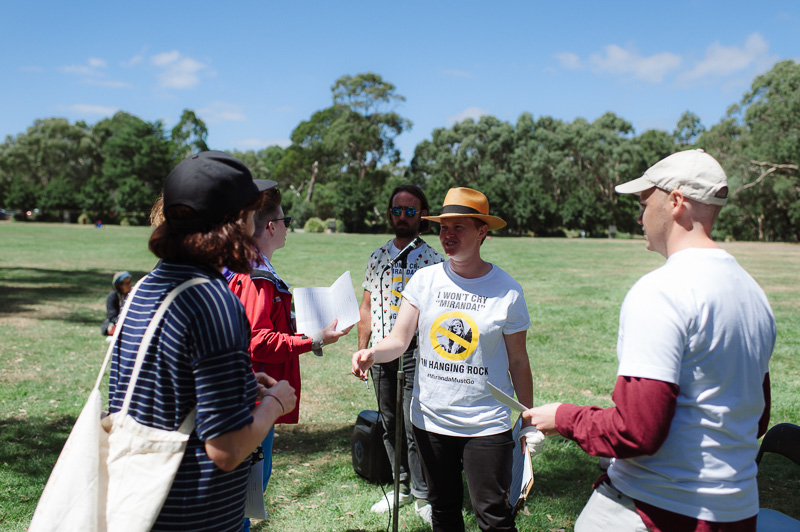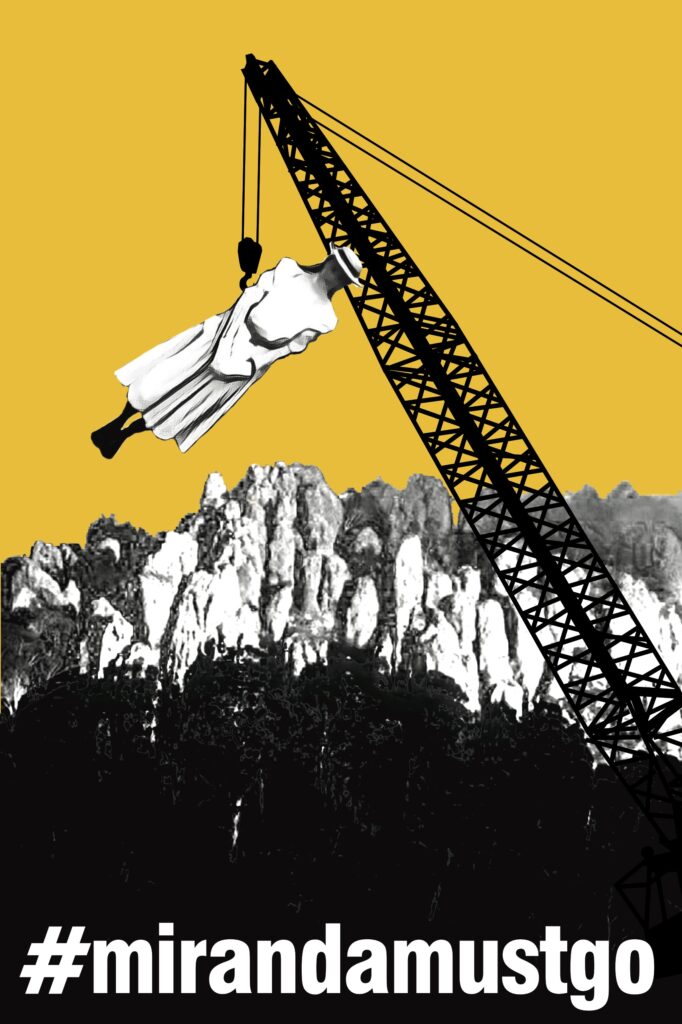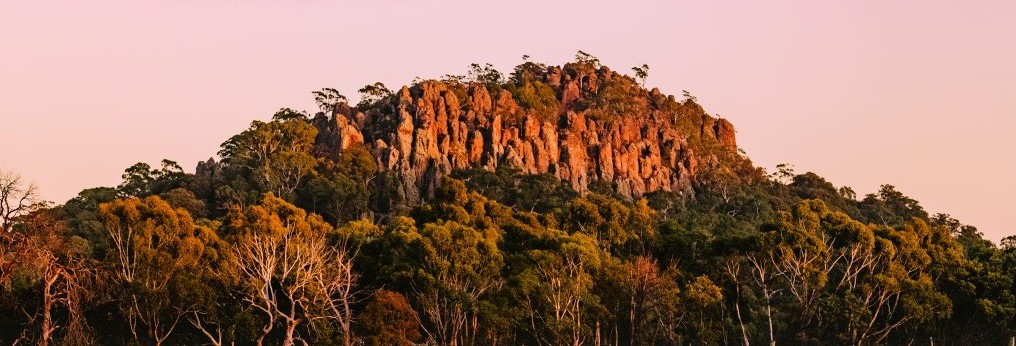December 6th, 2020No picnic at Hanging Rock
She had spent a number of months in Berlin captivated by the monuments that silently but powerfully highlighted the history of the holocaust. A history that can’t be changed but could be better understood.
When she came back to Australia to undertake her PhD studies in the field of public and socially engaged art – her work responds to politics and social issues – she was inspired to devote her work to the little known, often misunderstood and misrepresented story behind Hanging Rock.
“Hanging Rock’s colonial history and significance to Aboriginal people are little known compared to what it has become best known for – missing white schoolgirls made famous by a book and a movie of the same name. I wanted to explore why we were thinking obsessively about white women going missing and not facing our own history of colonial violence and destruction,” she said.

“We actively ignore the real Aboriginal losses of lives, land and culture that actually took place at Hanging Rock. Most people confuse the truth, preferring to believe in the myth propagated by the fictional story Picnic at Hanging Rock.
“Clearly I’m not the first person to observe this. I wanted to understand this important historical site and settlement’s destructive impact on Aboriginal people. It is important to understand that Aboriginal people living in the area were severely affected by outbreaks of smallpox or were murdered or removed to missions when Europeans settled the area,” she said.
As part of the artistic outcome to her extensive three-year body of research, Amy launched the Miranda Must Go campaign in January 2017. As an artist, Amy wanted to imagine and produce an image of a political movement where settlers took responsibility for their ignorance about the true history of Hanging Rock. However, the day she launched the artistic campaign on social media something extraordinary and unexpected happened. It went viral and within hours she was being contacted by news outlets across the country.

“The campaign had hit a nerve. It was such an unexpected outcome,” she said.
“Not everyone in the media was supportive and after Miranda Must Go went viral, I received a lot of backlash on social media.”
This was something else Amy wasn’t expecting but her response was nothing short of inspirational, despite the vicious nature of some of the comments.
“Every time the likes of Lidia Thorpe (the first Aboriginal Senator for Victoria) talk about invasion day or indigenous issues that many in the public don’t agree with she gets hate mail, death threats and the trolling continues. I was getting a lot of backlash which was very uncomfortable but I was happy to stand up and take it if it meant a little bit of pressure was being taken away from those who fight constantly to have our indigenous history acknowledged. I was a white settler artist. It was the least I could do.”
“The original custodians of Hanging Rock were the Wurundjeri, Taungurung and Dja Dja Wurrung people. I created the campaign to start a conversation and to honour the traditional custodians and to get people thinking about the past and to tell the real story behind Hanging Rock.”
While Amy’s campaign has ended in theory, in practice it is still active and a few years on people are still engaged with the campaign.
“My aim was for the campaign to help us become more honest about our shared history with Aboriginal people. To make people think about how obsessively we retell the story of Picnic at Hanging Rock, which is essentially a fiction of vanished white schoolgirls. Even if there was a slight change in people’s views and understanding, then that was in stark contrast to how it was remembered before.”
Words: Narelle Groenhout










